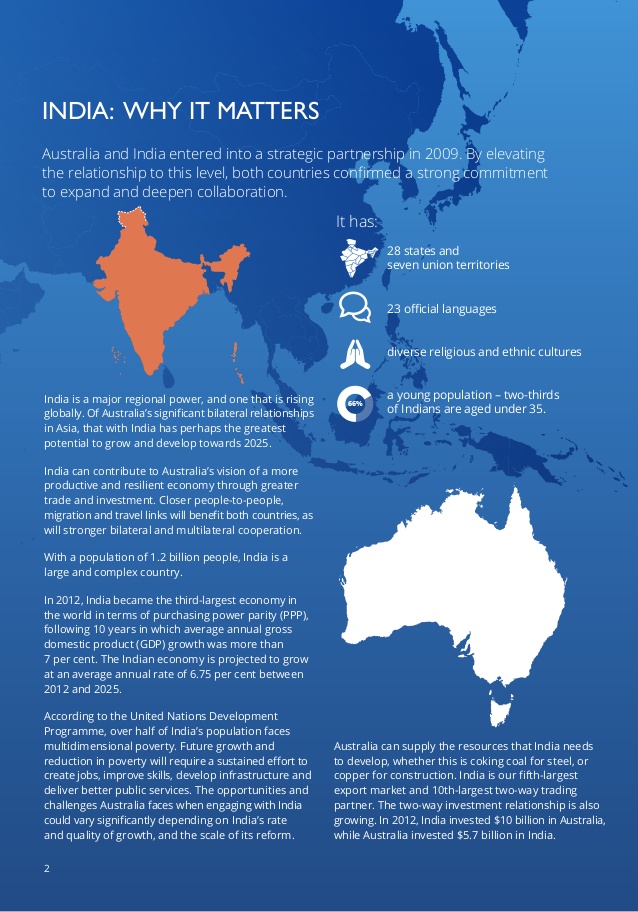
As the only country with the largest Indian Ocean coastline, Australia and India are natural partners in maritime security, particularly in the region where India has its greatest strategic interests. In the past couple of years, the two countries have ramped up security cooperation beyond mil-to-mil exercises. Over the years, the two countries have cleared political hurdles created by the nuclear deal, uranium shipments are expected to start in the coming months, and Australia is one of the favourite destinations for Indian students.
Politically too, things have looked up for the bilateral relationship, and security has taken a larger slice. After the Malcolm Turnbull visit in April this year, the joint statement reaffirmed the importance of the bilateral Framework for Security Cooperation of 2014.
Nevertheless, India turned down Australia’s request to join the trilateral Malabar exercises.
In its previous iteration, in 2007, Australia was the first to pull out of the “quadrilateral” between US, India, Japan and Australia after China demarcated all four participants. Since then Malabar has been an India-US exercise, with Japan being admitted only in 2016.
Top Indian officials involved in the decision said India would work with Australia bilaterally, but New Delhi, they said, is less certain of Australia’s “strategic clarity” vis-a-vis China, particularly as China has made significant inroads into Australia.
Equally, India feels there is little reason at present to raise hackles in China — having clashed with China recently on the Dalai Lama and OBOR summit, India believes it has cemented its space as an emerging balancer to China. But New Delhi has also reckoned that turning the trilateral Malabar into a quadrilateral at this point in time offers little tactical gain.
As a matter of fact, in recent weeks, India and China have gone out of their way to bring down temperatures — PM Modi held up the India-China border as a model, Xi Jinping held a cordial bilateral meeting with Modi in Kazakhstan but did not balance it with a Pakistan meeting.
Australia will probably get into the Malabar exercises in the coming years. Already India-Australia-Japan conducts a fairly successful minilateral grouping, as do India-Japan and US. For the moment, bilateral is the way between India and Australia.
